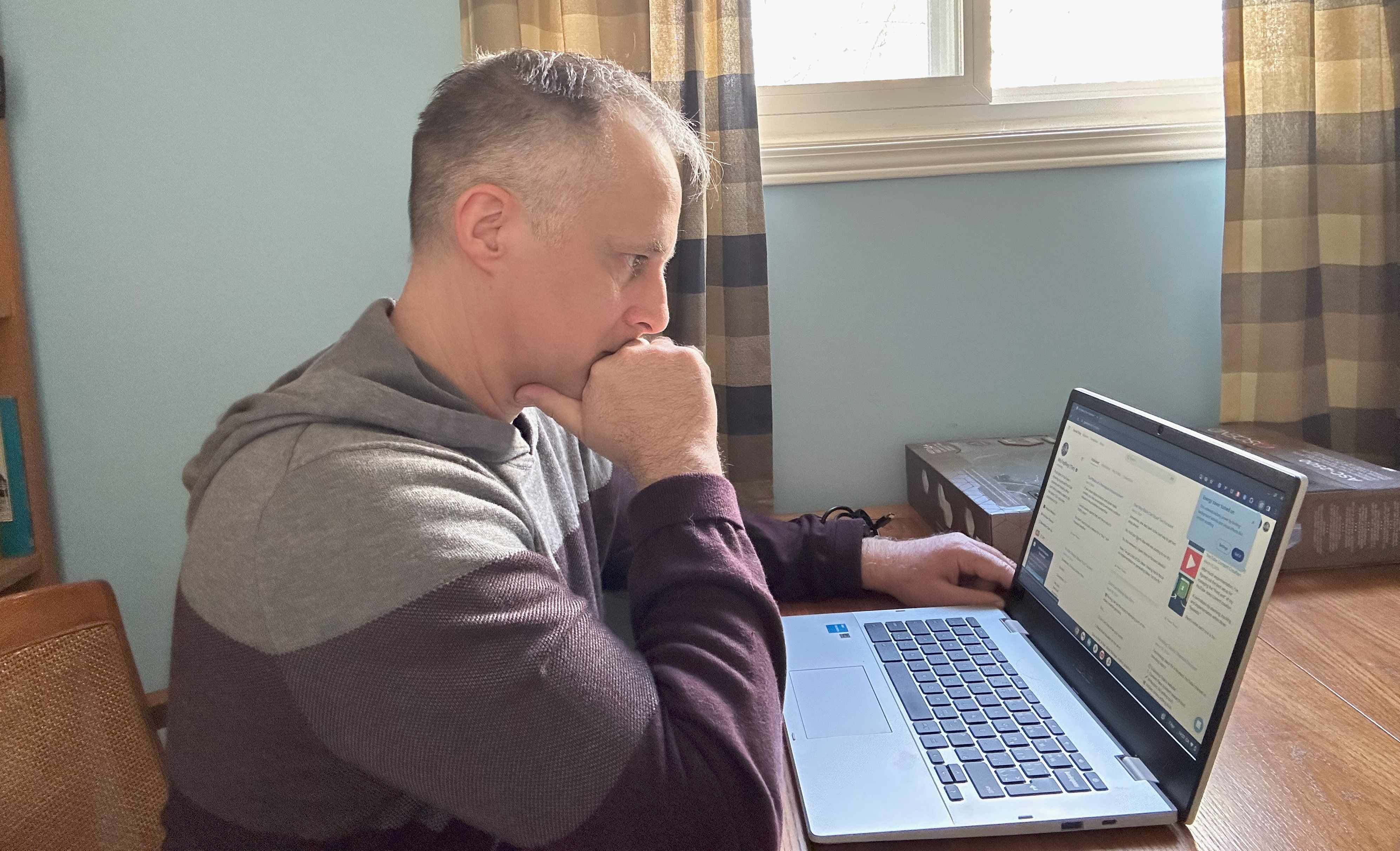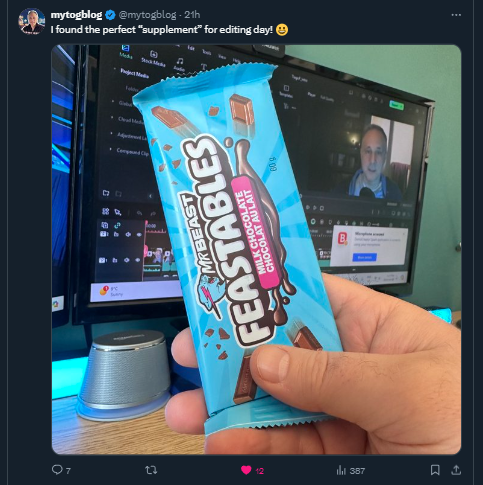Newsletter Issue #3
I struggle the most with the "relatable, personal post" category.
I get why these types of posts have value. When other creators post these posts, I often enjoy seeing them and feel more "connected" to those creators. As we know, these things are critical for the "know, like, trust" factor that creators need to gain subscribers and/or sell their offers successfully.
But I'm still not good at creating them and think I'm not alone. If you mainly focus on educational content, you probably don't have as much experience making "personal" content. Other challenges can be knowing how much to share without "oversharing" and how to keep personal and professional life somewhat separate.
There is also an element of risk. It's one thing to put our ideas out there and find they don't resonate; it's another to put ourselves out there and discover the same. In addition, as we get into sharing our thoughts and opinions, things can become more, well, "personal"—in ways that are both positive and negative.
So, in this post, I thought it would be good to outline a few thoughts about what type of "relatable, personal posts" can help us connect with our audience, keep content creation fun for us as creators, and make sense to share from a relatability and privacy perspective.
What a "Good" Relatable, Personal Post Looks Like
I guess we have to start with the goal first.
Let's see this as an opportunity. It's a chance to share content that should be "easy" to create (as it relates to our experience), motivate and inspire others or make their day better in some small way, and push beyond our comfort zone as creators (within reason).
So, what would be some examples of such posts?
What We're Working On
This is probably the easiest one to start with since it will include stuff we're planning to share at some point in the future anyway. But the key to making this more relatable and personal is not to leave it there but also to include some discussion of why it's important in our journey, the challenges we're facing, and how we're overcoming them. This kind of post can be helpful for people who may be working on the same thing and working through similar challenges.
Photos From Everyday Life
Because I tend to take a fair amount of photos along the way, this is another one that should be easy to add more of. This might include photos of something interesting we've seen, or it could be "behind the scenes" type photos (of us working, relaxing, having fun, etc.).
But again, the important thing is to add why the photo or experience was interesting and/or meaningful to add the personal dimension. If we want these kinds of posts to be "relatable," then we have to share something "personal."
Personal Anecdotes
Stories about things we've done or learned through experience can be another powerful post from a relatability perspective. It's also a great way to convey something we've learned in a way that will resonate and be remembered by others. We just have to be careful in judging what's shareable in these cases, especially as it relates to maintaining the anonymity of others who may be part of these stories.
Resources We've Found Useful (and Why)
This may seem like a standard "useful resource" type post. But there is an opportunity to make these posts more meaningful by talking about why the resource helped you in particular. What was the main "pain point" that was resolved? Why was that especially important for you? This can be relatable for others who have the same "pain points," and that might help them by pointing to a way to resolve it.
"Superficial" But Relatable Content
Not everything has to be "deep" to be relatable (or even personable). Sometimes I've joked about getting a treat because it's "editing day." I also share stuff about design preferences (e.g., likes = blue and pink for colours and retro for the vibes).
I think the key with these types of posts is to keep the content "light" and "upbeat" and avoid slipping into complaining about life's minor annoyances too often (which can turn people off versus making yourself relatable).
What to Do Next
Having worked this out, I aim to share more content along these lines in my upcoming posts. Despite the challenges of creating this type of content, I see the value of doing it, and I even think it will be good for me (in terms of stretching that "comfort zone").
If you're interested, you could try it, too. Maybe start with something small—one post like this per week. Over time, maybe increase it to two. See if you like it and how it resonates with your audience.
Let me know if you try it so I can check it out.
Final Bonus Tip
The best way to create these or any other posts is to plan and do it in batches. That's better for creativity, and it's a great way to reduce that stress about "what to post" on the date.
The tool I'm using right now is TypeShare. It's a fantastic tool for generating ideas, creating and fleshing out your outlines, and saving and scheduling your content. You can check it out here using this link for a 30-day trial plus 50% off for three months. (Note: This is an affiliate link, which means I earn a commission if you purchase via this link.)

